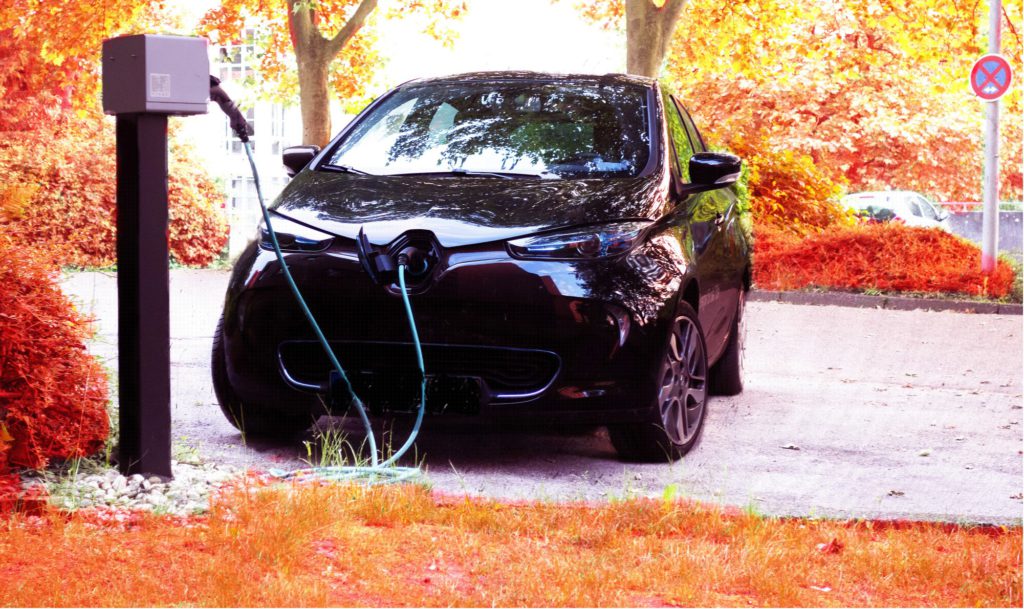Netherlands invests in bi-directional charging network
16 September 2019

Netherlands invests in bi-directional charging network
16 September 2019
Neil King
The Dutch Government is granting €5 million to 21 municipalities to support them in establishing 472 ′intelligent' vehicle-to-grid (V2G) charging points for electric vehicles (EVs).
The first of the V2G charging points are expected to be operational in 2020 and there are also plans to pay drivers who make their electric-car battery available to supply energy back to the grid when electricity demand is high. To help implement this, drivers should also be able to choose how much of their EV's battery capacity is available to return electricity to the grid to ensure they have enough charge left to complete any planned journey.
′These charging stations are the future,' says State Secretary Stientje van Veldhoven. ′They relieve the electricity grid, use green energy better and make charging your car even cheaper. That is why I want to speed up its construction.'
Idesbald Vannieuwenhuyze, Executive Chief Editor Benelux at Eurotax, part of Autovista Group, comments that ′considering that every EV is a ′possible' energy unit, what the Netherlands is currently introducing with the bi-directional charging network is indeed the best way to go. These vehicles are in fact batteries that will store energy and resend it to the grid when needed. In Japan and China, there are projects establishing huge parking locations where EVs can park for free and beconnected to charging stations.'
Shift to sales
Vannieuwenhuyze also highlights that incentives for EVs are ′moving to the next step: you don't need to ′support' EV purchases as you can, as a state, ensure energy delivery and the dramatic decrease of the CO2 footprint by encouraging EV sales.'
Autovista Group analysis of charging infrastructure data published by the European Alternative Fuels Observatory (EAFO) reveals that the Netherlands is the leader in Europe as far as the total number of charging points is concerned. Netherlands is also second only to Norway as far as charging network density is concerned and these are the only two countries that have more than 1,000 charging points per million population. The two countries also have the highest market share of battery electric vehicles (BEVs) in Europe according to ACEA data, supported by the combination of healthy financial incentives as well as the charging infrastructure.
Given the high demand on the electricity grid in the Netherlands, the investment in a bi-directional charging network is a logical step. Furthermore, the plans to pay EV drivers to recharge the grid may incentivise yet more consumers in the country to switch to cars powered by electricity.
Vannieuwenhuyze adds that: ′The Netherlands offers the possibility for ′private' users to have a charging point where they can charge their EV. The cost of the charging time is paid back to the household by the energy company. So, in parallel with the charging infrastructure, the extension of the ′private' charging network is giving better coverage.'
V2G-capable EVs
Currently, only the Nissan Leaf and the Renault ZOE are V2G-capable and projects involving both cars have already been implemented – in Hagen, Germany and on the Portuguese island of Porto Santo for example. The plug-in hybrid (PHEV) variant of the Mitsubishi Outlander is also V2G-capable, but due to its smaller battery, it can only provide limited amounts of electricity for the grid.
Renault has already started a V2G project in Utrecht, where up to 20 V2G charging stations are to be built with the subsidy. However, the V2G charging points will only account for a small part of the charging infrastructure, with plans for the installation of 1,600 charging points in the city next year.